Starfield PC Review: Is Bethesda's Space Epic a Giant Leap or a Small Step?

Bethesda. The name conjures images of sprawling open worlds, emergent gameplay, and the irresistible urge to ignore the main quest for 50 hours. Starfield, their first new IP in 25 years, promises all of that, but this time, among the stars. As a PC gaming enthusiast with a pedigree spanning Morrowind to modded Cyberpunk 2077, I approached Starfield with cautious optimism. Does it deliver on the promise of a vast, explorable galaxy, or does it fall victim to familiar Bethesda pitfalls? Let's dive in with a no-nonsense, PC-centric perspective.
Gameplay & Mechanics (Exploration vs. Fast Travel: A Galaxy Streamlined)
Starfield presents a galaxy teeming with planets, moons, and space stations ripe for exploration. Or does it? The game’s core tension lies between the allure of exploration and the undeniable convenience of fast travel. The reality is… complex.
New Atlantis offers plenty to see, a visual contrast to the vast emptiness of space.
The initial hours are captivating. Landing on a new planet, scanning for resources, and stumbling upon a research outpost generates a genuine sense of discovery. However, this feeling gradually erodes. After 5 hours of dedicated planetary exploration, I found myself yearning for more unique points of interest. While No Man's Sky went through its own evolution, its procedurally generated content, even initially, offered a greater density of truly unique finds, like alien ruins or bizarre creatures. Starfield relies heavily on repeating structures with slight variations, which becomes apparent far too quickly.
The crucial question: do the handcrafted locations and random encounters justify skipping fast travel when you're short on Tungsten? Sometimes. Stumbling upon a derelict ship with a hidden quest is undeniably rewarding. But more often than not, the need for resources turns into a chore. Scanning every rock and extracting minerals with a laser becomes tedious, tipping the scale towards fast travel.
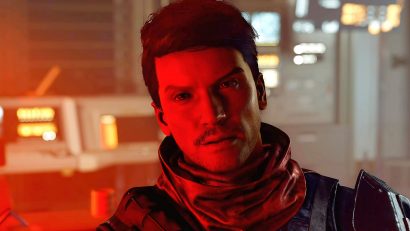 Procedurally generated planets can quickly become repetitive.
Procedurally generated planets can quickly become repetitive.
Ship customization, specifically upgrading the Grav Drive, should encourage exploration. A longer jump range is valuable, opening up new star systems. Yet, the lack of in-atmosphere flight feels like a missed opportunity. You can’t seamlessly transition from space to the planetary surface, further segmenting the exploration experience.
Narrative Analysis (Faction Questlines: Moral Ambiguity in Neon)
Bethesda RPGs often shine in their faction questlines, and Starfield is no exception. The moral complexities presented within factions like the UC Vanguard and the Crimson Fleet are among the game's highlights.
The UC Vanguard presents you with the uncomfortable truth about past war crimes committed during the Colony War. The Crimson Fleet, on the other hand, forces you to confront the ethical implications of piracy. The game handles these morally grey choices reasonably well. While your choices don't radically alter the overall narrative, they do influence NPC interactions. Siding with the pirates will certainly make UC security a bit less friendly.
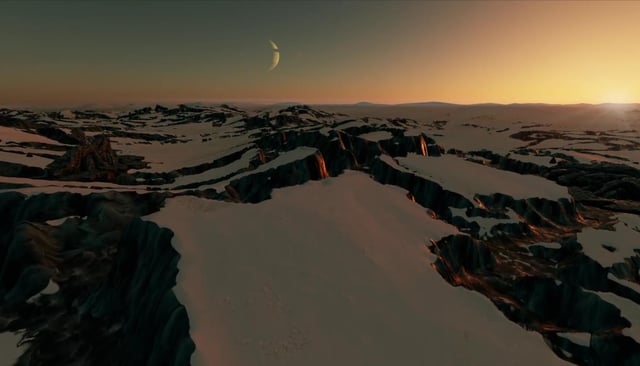 Delgado, a key member of the Crimson Fleet, presents players with morally ambiguous choices.
Delgado, a key member of the Crimson Fleet, presents players with morally ambiguous choices.
Compared to The Outer Worlds, the moral choices in Starfield lack a bit of long-term consequence. The Outer Worlds truly made you feel the ripple effects of your decisions on faction relations and the world itself. Starfield offers more nuanced character motivations, which can be appreciated. Delgado, for instance, isn't just a mustache-twirling villain; he has his own code and rationale. Commander Ikande, similarly, is driven by a desire to protect the UC, even if it means making difficult choices.
Do these questlines offer meaningful alternatives to violence? Sometimes. Negotiation and espionage are options, but combat is often the default solution. The writing and voice acting are generally strong, effectively conveying the moral ambiguity. Interacting with characters like Delgado and Ikande reveals layers of complexity, though the dialogue options occasionally feel limited.
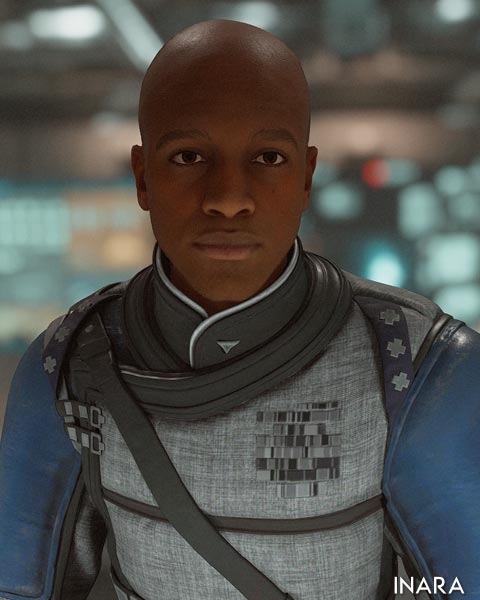 Moral choices have consequences, even if they are not always immediately apparent.
Moral choices have consequences, even if they are not always immediately apparent.
It's worth noting that joining one faction doesn't permanently lock you out of others, which is a welcome change from some previous Bethesda titles. The game makes this clear upfront, allowing you to experience multiple perspectives and storylines.
Graphics (World Detail vs. Environmental Storytelling: Beyond the Procedural)
Starfield's visual fidelity is a mixed bag. The handcrafted locations, like New Atlantis and Neon, are stunning. The level of detail, from the art deco architecture to the holographic advertisements, is impressive.
 Neon's unique aesthetic adds to the game's environmental storytelling.
Neon's unique aesthetic adds to the game's environmental storytelling.
However, the procedural generation struggles to maintain this level of quality. Barren moons with repetitive rock formations and sparse vegetation quickly become tiresome. The lighting is generally well-done, with the neon glow of Neon contrasting sharply with the stark daylight of Akila City. Textures are detailed in key areas, like the paneling of a Starborn ship, but can appear muddy in procedurally generated environments.
The visual consistency between handcrafted and procedurally generated areas is inconsistent. Transitioning from the intricately designed city of New Atlantis to the surrounding wilderness can feel jarring. After surveying several planets, a sense of "been there, done that" sets in, diminishing the desire to explore further.
PC Performance (Modding Community Fixes: The People's Patch)
Let’s get down to brass tacks: Starfield’s PC performance at launch was… less than stellar for some. Stuttering, texture loading issues, and general instability plagued many systems, even those meeting the recommended specifications.
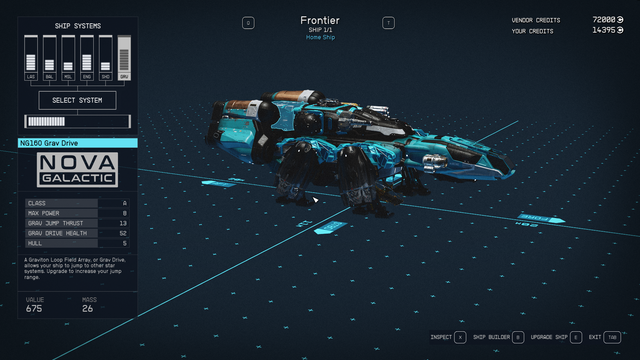 Community mods can significantly improve Starfield's PC performance.
Community mods can significantly improve Starfield's PC performance.
Thankfully, the modding community has stepped up to the plate, offering a range of fixes. Mods that disable or reduce the density of crowd NPCs in New Atlantis, optimize textures, and tweak various settings have yielded significant performance gains. For example, I saw an average frame rate increase of 15-20 FPS in New Atlantis after installing a crowd reduction mod.
These mods are generally easy to install using tools like the Starfield Script Extender (SFSE), though some technical expertise is required. While the community's efforts are commendable, it raises questions about Bethesda's optimization.
 Texture mods can improve the visual fidelity on PC.
Texture mods can improve the visual fidelity on PC.
Relying on community mods isn't ideal in the long run. What happens when future game updates break these mods? While Bethesda has a history of supporting modding, the responsibility ultimately lies with the developers to address performance issues. There are also inherent risks associated with using mods, such as instability or incompatibility.
Overall Experience (The Bethesda Formula: Evolution or Stagnation?)
Starfield undeniably adheres to the established "Bethesda Formula": a vast open world, emergent gameplay, and a plethora of side quests. But does it evolve this formula, or merely rehash familiar elements?
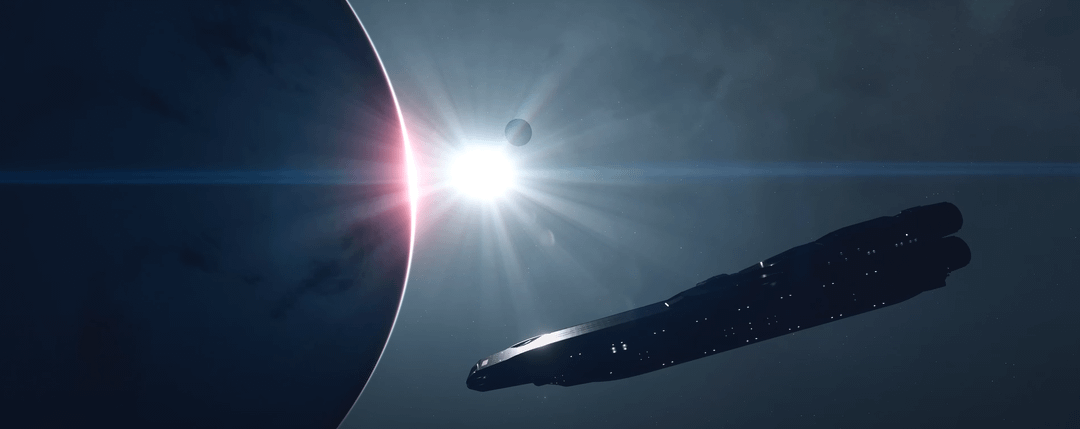 Commander Ikande's motivations add depth to the UC Vanguard questline.
Commander Ikande's motivations add depth to the UC Vanguard questline.
Compared to Skyrim, Starfield sacrifices some of that untamed sense of freedom. The segmented planetary system, loading screens, and lack of in-atmosphere flight create a more restrictive experience. Fallout 4's base-building mechanics are refined in Starfield's ship customization, but the core loop remains similar.
The ship-building mechanic is a genuinely new addition, offering a considerable degree of customization. However, many of the other systems are simply refinements of existing formulas. The game caters to various playstyles, from exploration and combat to crafting and role-playing, but none of these areas feel revolutionary.
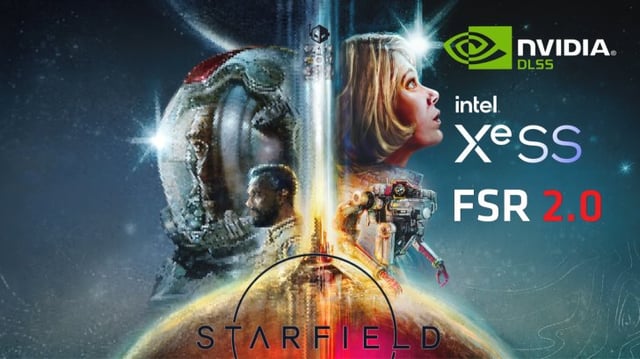 Ship customization is a standout feature, offering players a high degree of control.
Ship customization is a standout feature, offering players a high degree of control.
Verdict
Starfield is a flawed but ultimately engaging experience. Its strengths lie in its faction questlines, detailed handcrafted locations, and ship customization. However, its weaknesses, including repetitive procedural generation, performance issues (at least initially), and a reliance on familiar formulas, hold it back from true greatness.
 The consequences of moral choices are visible in the game world.
The consequences of moral choices are visible in the game world.
Recommendation: If you're a die-hard Bethesda fan willing to overlook its shortcomings and embrace the modding community, Starfield is worth a purchase, especially now that community patches have improved performance. However, if you're expecting a revolutionary space RPG that transcends the "Bethesda Formula," you might be disappointed. Proceed with cautious optimism.